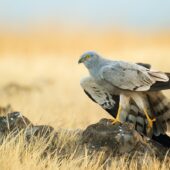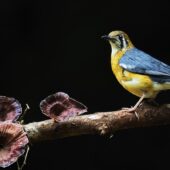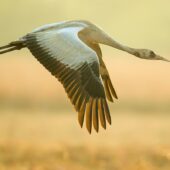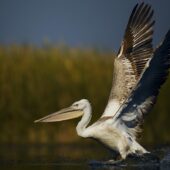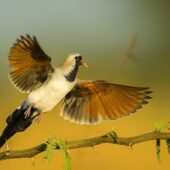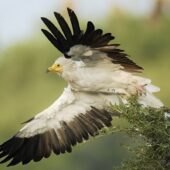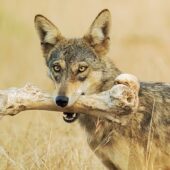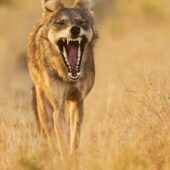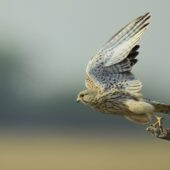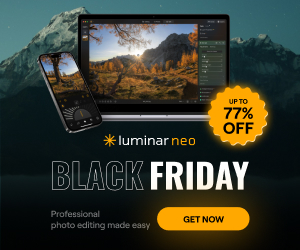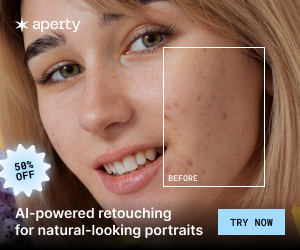This is a new Nikon NIKKOR Z 800mm f/6.3 VR S ($6,997) lens review by Sravan Kumar – check his website and previous Z9 guest post (previous coverage of the 800mm Z lens can be found here):
Why this review when we already have quite a few?
- For some reason, most of the reviewers are not covering first few incremental stops of the apertures of the super-telephoto lenses but going by a full stop. These details are very important to understand the absolute lens performance from sharpness/vignetting/bokeh etc. standpoint to use the lens to its full potential as and when needed.
- Most of the reviewers are missing evaluating the lens performance “without VR” which can be very significant when compared to “with VR” in some lenses like this.
- Reviewers are not covering the performance with Teleconverter in detail.
- Depth of field (DOF) aspect of these super telephoto lenses is tricky, especially lenses like this at 800mm or 1120mm (when used with a 1.4x Teleconverter). Just mentioning the sharpest aperture(s) might not help in getting the right DOF in the field as needed.
So, I thought I will update my initial review covering these aspects with my observations of using this lens over 2 years 10 months in various conditions from cold Indian winters (-2 degrees Celsius/28.4 degrees Fahrenheit) to hot summers with heat waves.
I will start with the most significant strengths of this lens
VR – Vibration Reduction
I make my observations simple. I have one of the shakiest hands a human can have. With that, I was able to handhold and get quite a few sharp images at 800mm till 1/13 of a second shutter speed on a Nikon Z9. This is insane. I have never seen this kind of VR/VC/OS in the lenses I have owned/used till now. This is the best VR I have seen till date.
General recommendations
- Turn VR On when the shutter speed drops below 1/1000 second while hand holding (or) below 1/100 second while using a Tripod for more keepers.
- VR Sport mode helps in getting the best view finder experience with decent stabilization.
- VR Normal mode offers best stabilization compared to VR Sport mode.
- VR Normal also helps while shooting on a tripod at very low shutter speeds like the below which was taken at ¼ second.

Lens weight – from the field usage standpoint
I also make this simple. I am very lean and underweight throughout my life. Still, I was able to handhold this lens on a Nikon Z9 using BlackRapid’s side harness strap for about 9-10 hours a day for 6-7 days continuously during my birding trips without any fatigue. I was walking around 12 kilometers (7.5 miles) on an average holding this combination every day for a week without any issue. The maximum distance I walked in a day with this combination was 17.5 kilometers (~11 miles) without any fatigue.
On a Nikon Z9,
- Lens perfectly balances; it’s a breeze to use
- With 1.4x TC, the weight is more towards the camera
So, one has to make the required adjustments to the tripod when a Teleconverter is added to this lens.
Focal length w.r.t Indian birding conditions
In India, most of the birders shoot at 800mm+ focal lengths. They either use a 600mm zoom lens on a crop camera body or a 600mm prime with 1.4x TC on a full frame body.
There are only a few national parks/sanctuaries where 800mm is an overkill.
I primarily shoot this lens with 1.4x TC always attached during most of my birding trips. That is how demanding in India the longer focal lengths are. This is applicable even while capturing photos of larger birds like Storks/Cranes/Pelicans/Vultures etc.
Also, the minimum focus distance of 16.4 feet is not an issue in India for bird photography as birds generally are not that approachable. This focal length in general is not for Mammals though I need this range quite often for photographing Leopards, Wolves, Foxes etc. during safaris in India.
Below are some sample photos showcasing this.
At 800mm




At 1120mm (Z 800mm+1.4x TC)

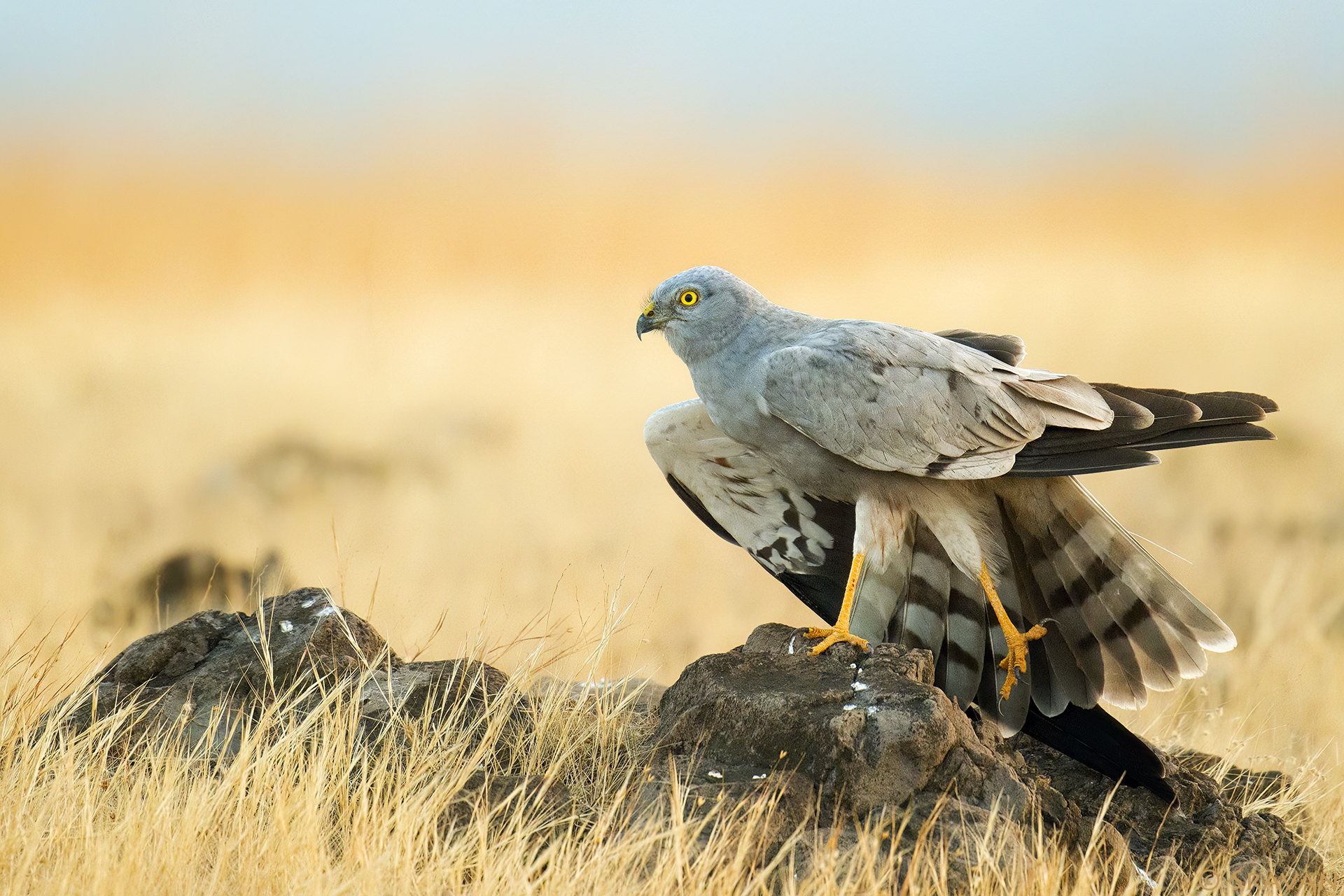
Other aspects of the lens
Details & Sharpness
With my observations of over 2.10 years in the field and also after shooting various sets of test charts, non-scientifically though (not in a lab), in various conditions with and without VR, below are my findings.
- This lens can’t compete in sharpness with other lenses I own like Z 105mm Macro or Z 24-120mm but it is still a sharp lens.
- This lens captures sharp images with good detail from the aperture f/6.3, but produces very sharp images between the apertures f/7.1 and f/9.
- Corner sharpness is very good from aperture f/6.3 till f/11.
- Acuity and sharpness are at their best when the VR is turned OFF.
- Using a Tripod helps in getting the best results.
Aperture recommendations
At 800mm, in decent light, with VR turned OFF
- f/6.3 – For the best bokeh this lens can produce with good sharpness
- f/7.1 (I prefer to use) – For very good bokeh and sharpness with reduced vignetting
- f/8 – For decent bokeh with excellent sharpness
- f/9 to f/11 – For more depth of field for closer subjects
- This is also very important while capturing head shots of animals/birds
- f/9 is the sharpest aperture in my tests
- Other apertures – Not recommended other than in very specific use cases


At 800mm, in low light, with VR ON
- Only f/6.3 is recommended.
* Please read Autofocus section to understand more about Autofocus performance in low light.

At 1120mm (Z 800mm+1.4x TC), in decent light, with VR turned OFF
- f/9 – For the best bokeh this lens can produce with good sharpness
- f/10 (I prefer to use) – For very good bokeh and excellent sharpness with reduced vignetting
- f/11 to f/13 – For more depth of field for closer subjects
- This is also very important while capturing head shots of animals/birds
- f/11 is the sharpest aperture in my tests
- Other apertures – Not recommended other than in very specific use cases




At 1120mm (Z 800mm+1.4x TC), in low light
- Using the TC is not recommended in low light.
- Autofocus struggles and also AF is very inconsistent in low light.
Autofocus (AF)
At 800mm – in decent light
On a Nikon Z9 with FW4.1 and above, Autofocus is excellent in decent light. Animal/Bird eye focusing works flawlessly. 3D tracking is always spot on with hardly any misses at any distance. I felt I missed shots mostly due to human errors.
I did not test this lens on entry level cameras to share my thoughts but AF is equally good on Nikon Z8.



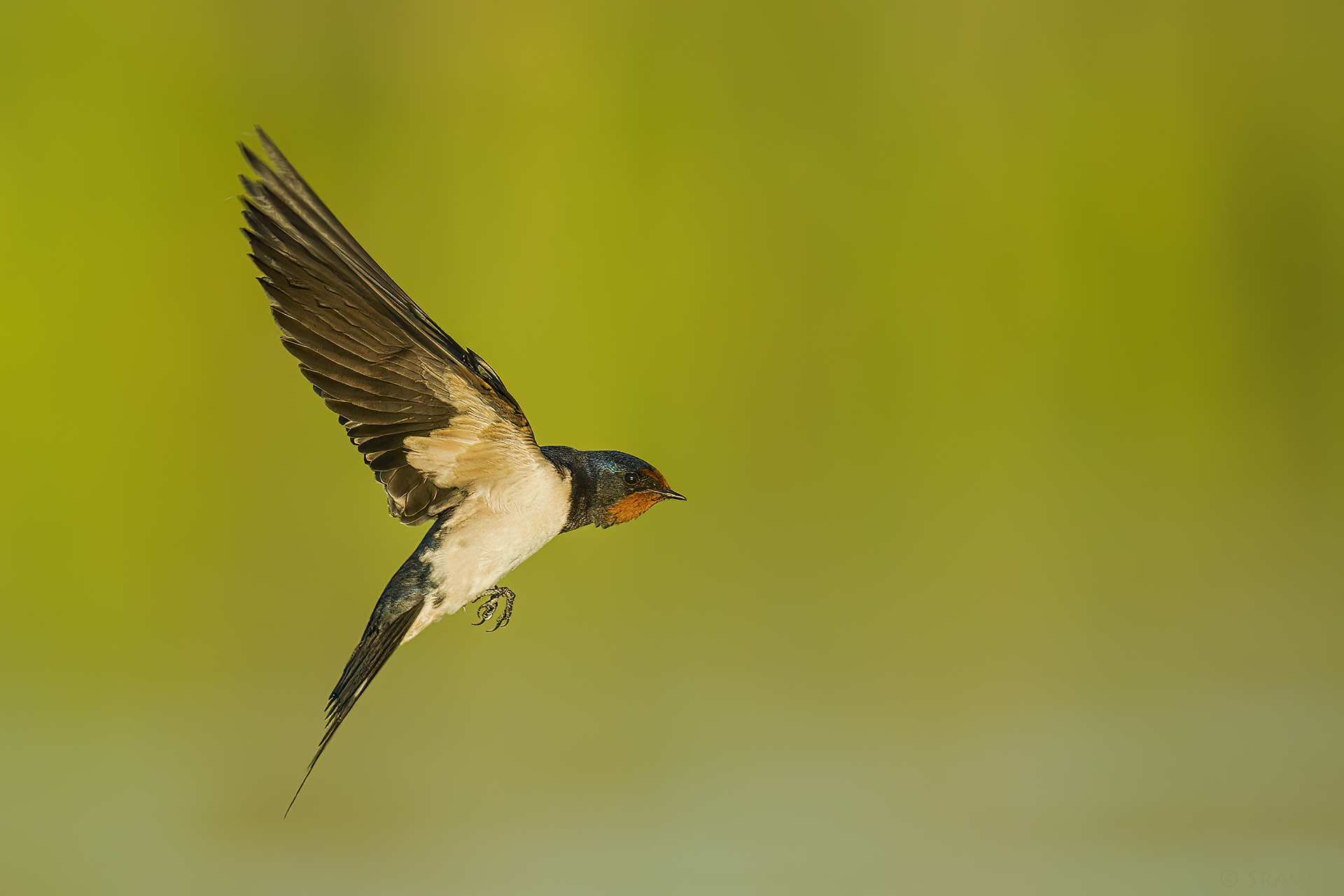
At 800mm – in low light
Autofocus works perfectly fine in low light with no hunting. Even in very low light, the AF still worked at f/6.3 which was surprising. This lens on a Nikon Z9 was able to capture images in the field in such a low light where all other photographers wrapped up their equipment (Sony A1 included) almost 15-20 mins prior. So, I do not hesitate to shoot with this lens late evenings when required.
Using a Tripod, below image was taken at ISO 6,400 at ¼ Second with Autofocus. You can calculate the available light. This is the least light which is required for this lens to Autofocus on a Nikon Z9.


At 1120mm (Z 800mm+1.4x TC) – in decent light
Prior to Nikon Z9 firmware 4.1 version, Autofocus was almost unusable for birds-in-flight though AF was working flawlessly for static subjects. But post FW4.1, the Autofocus is instant for birds-in-flight as well. No more AF issues. This also emphases the importance of having the best Autofocus capabilities for the cameras. So, the AF might not be as reliable in the entry level cameras as compared to the high-end cameras when a TC is used for capturing action with this lens.
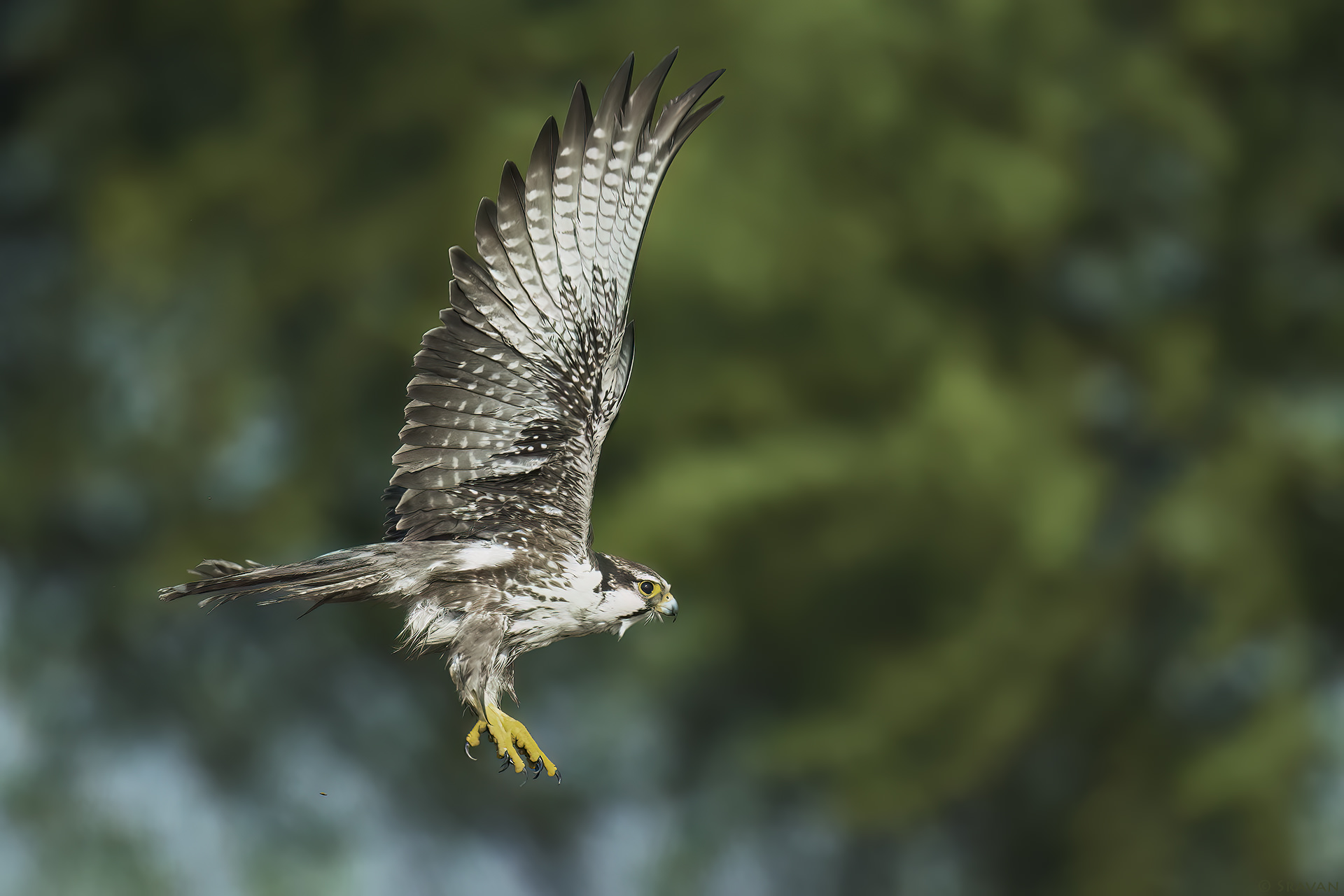
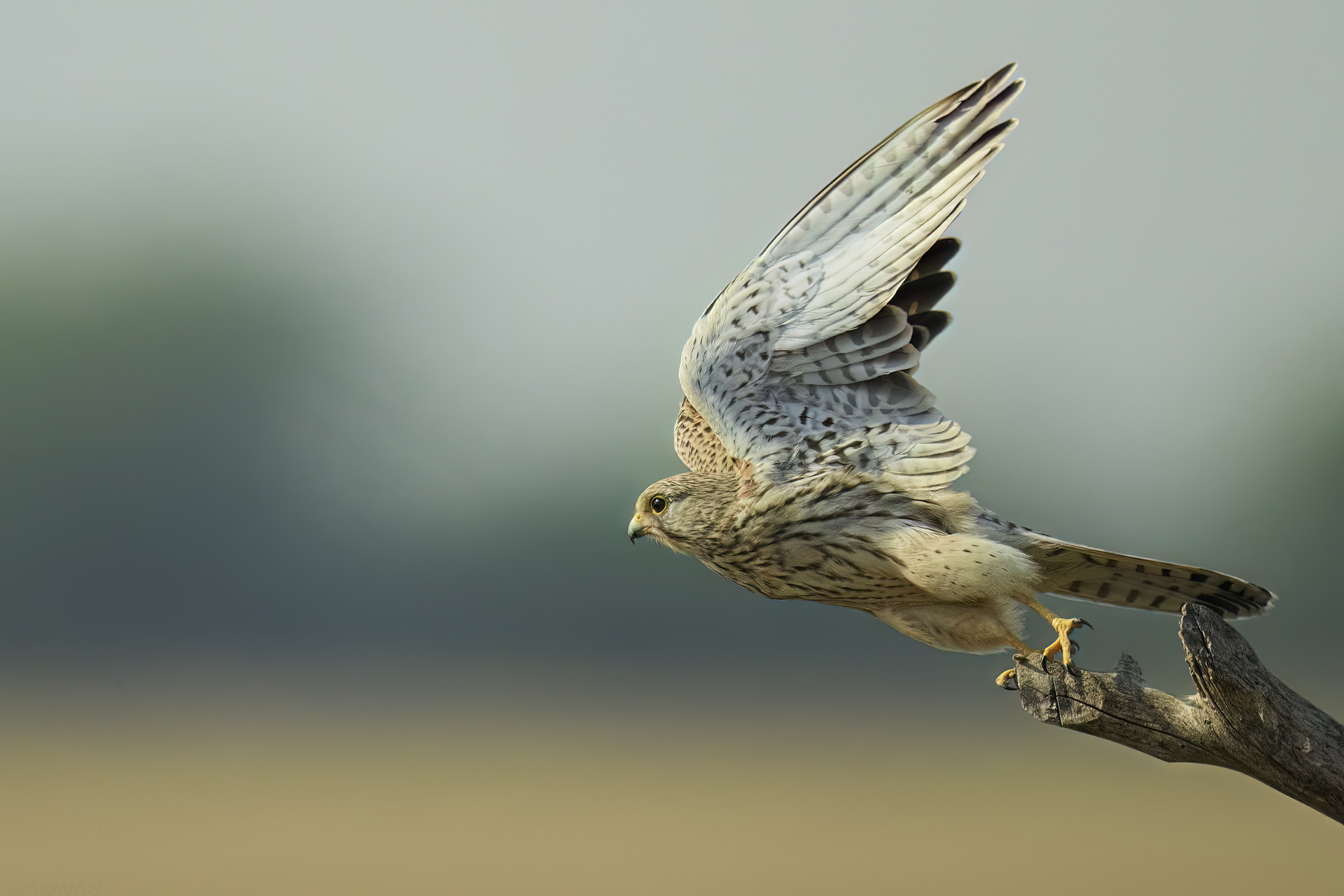
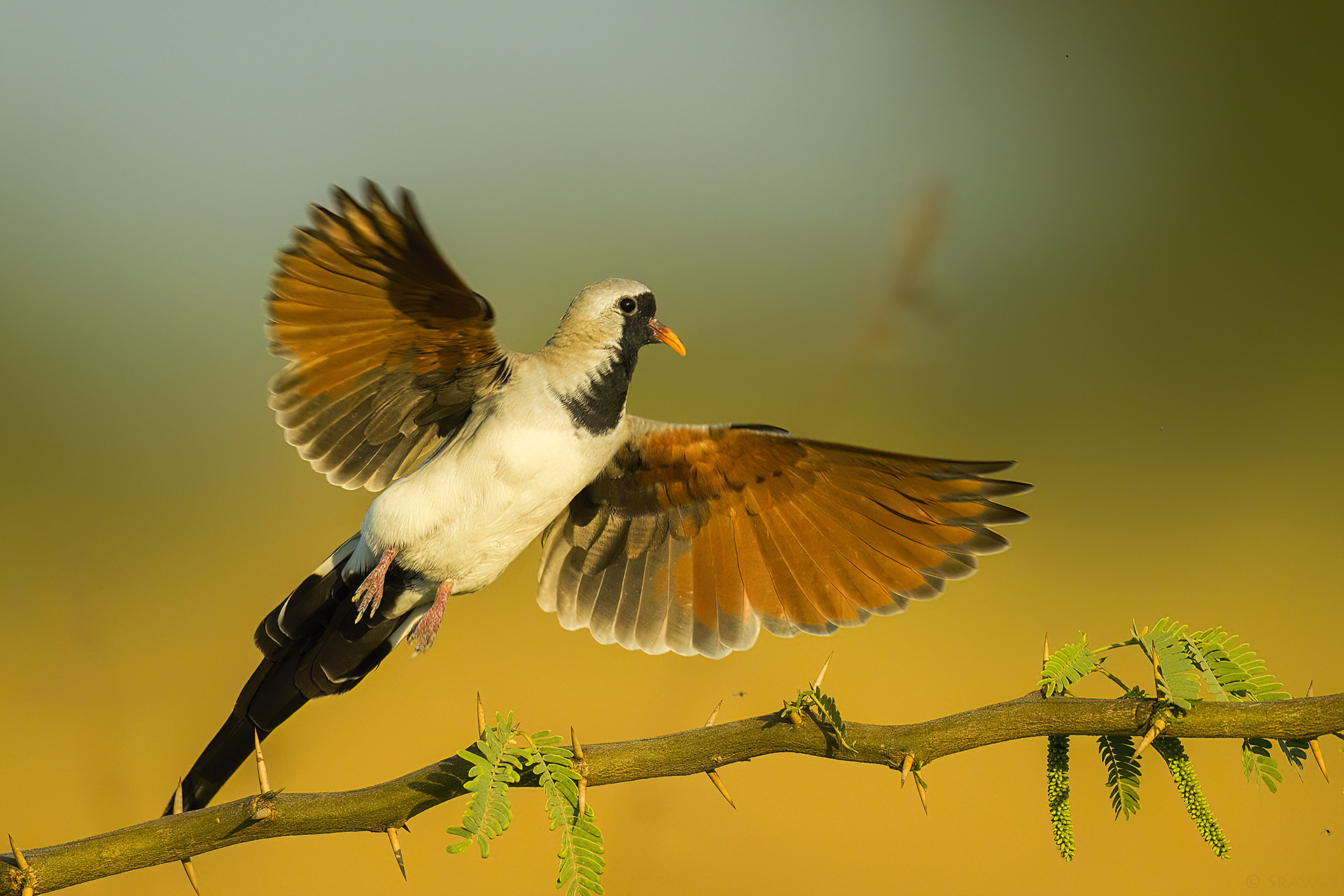
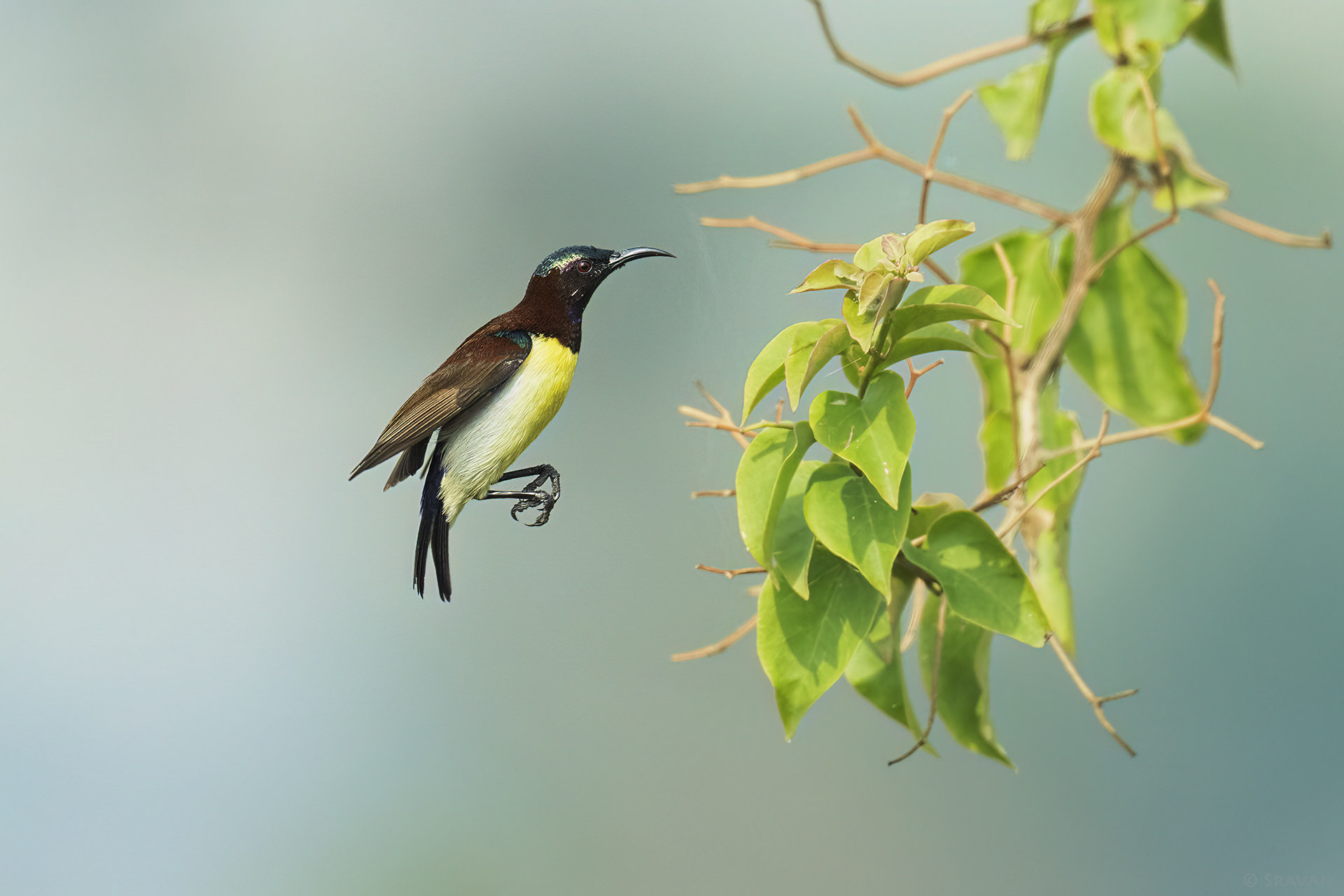
At 1120mm (Z 800mm+1.4x TC) – in low light
As mentioned above, Autofocus struggles and also is very inconsistent in low light. So, using a TC is not recommended in low light conditions.
Bokeh
At 800mm
- Generally, bokeh is excellent due to 800mm focal length.
- Mostly produces very smooth and soft bokeh
- Bokeh circles/balls are not circular throughout, Cat eye bokeh can show up on the edges in specific situations.
- The limitations of Phase Fresnel (PF) lenses are applicable to this lens too.
Foreground & Background bokeh characteristics
At f/6.3
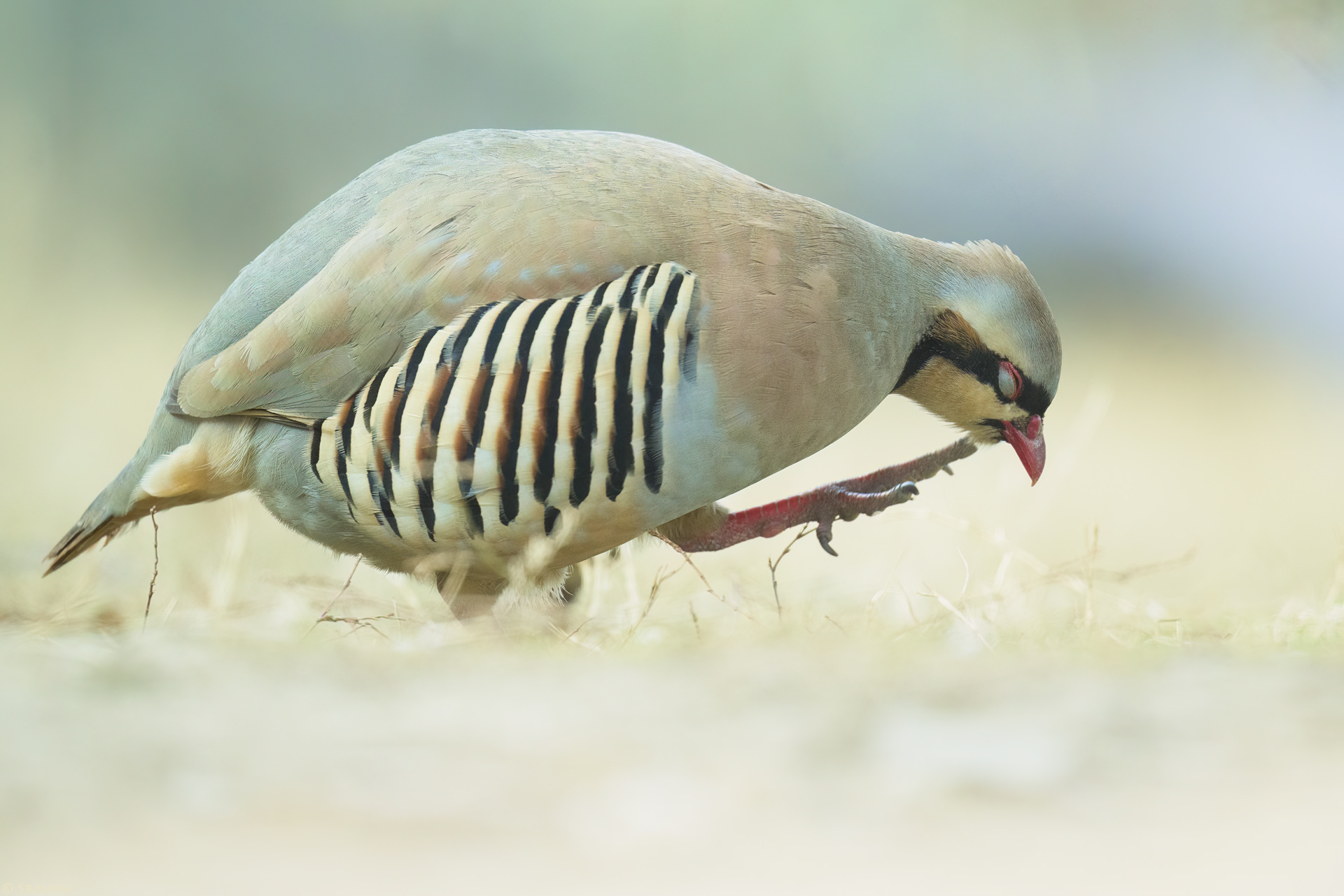


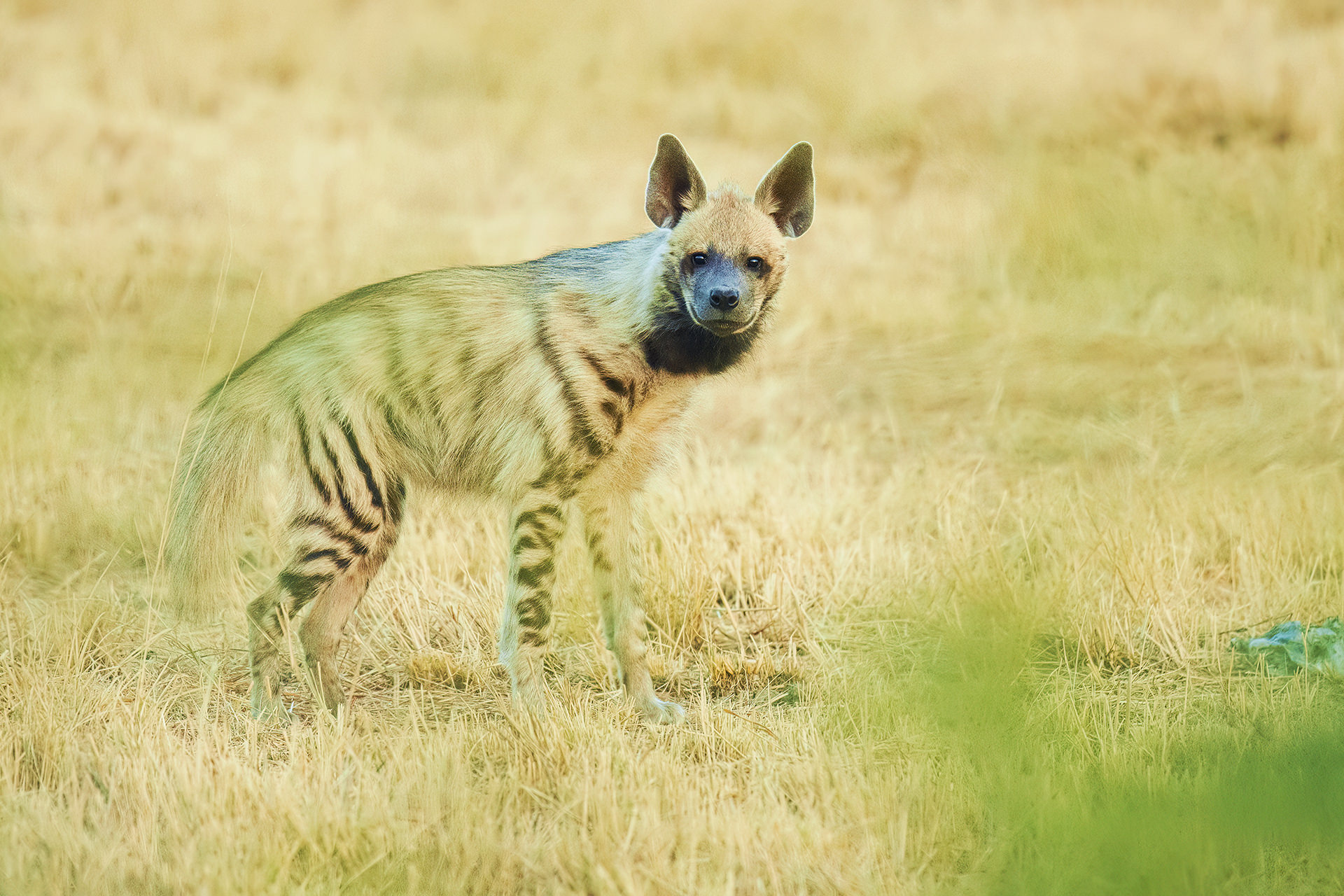
Background bokeh characteristics
At f/6.3


At f/7.1

At f/8

At 1120mm (Z 800mm+1.4x TC)
- Produces dreamy bokeh with almost circular bokeh balls.
- Multiple times, I observed that the TC transformed the bokeh magically. This is one of the compelling reasons to use the TC.
Foreground & Background bokeh characteristics
At f/9
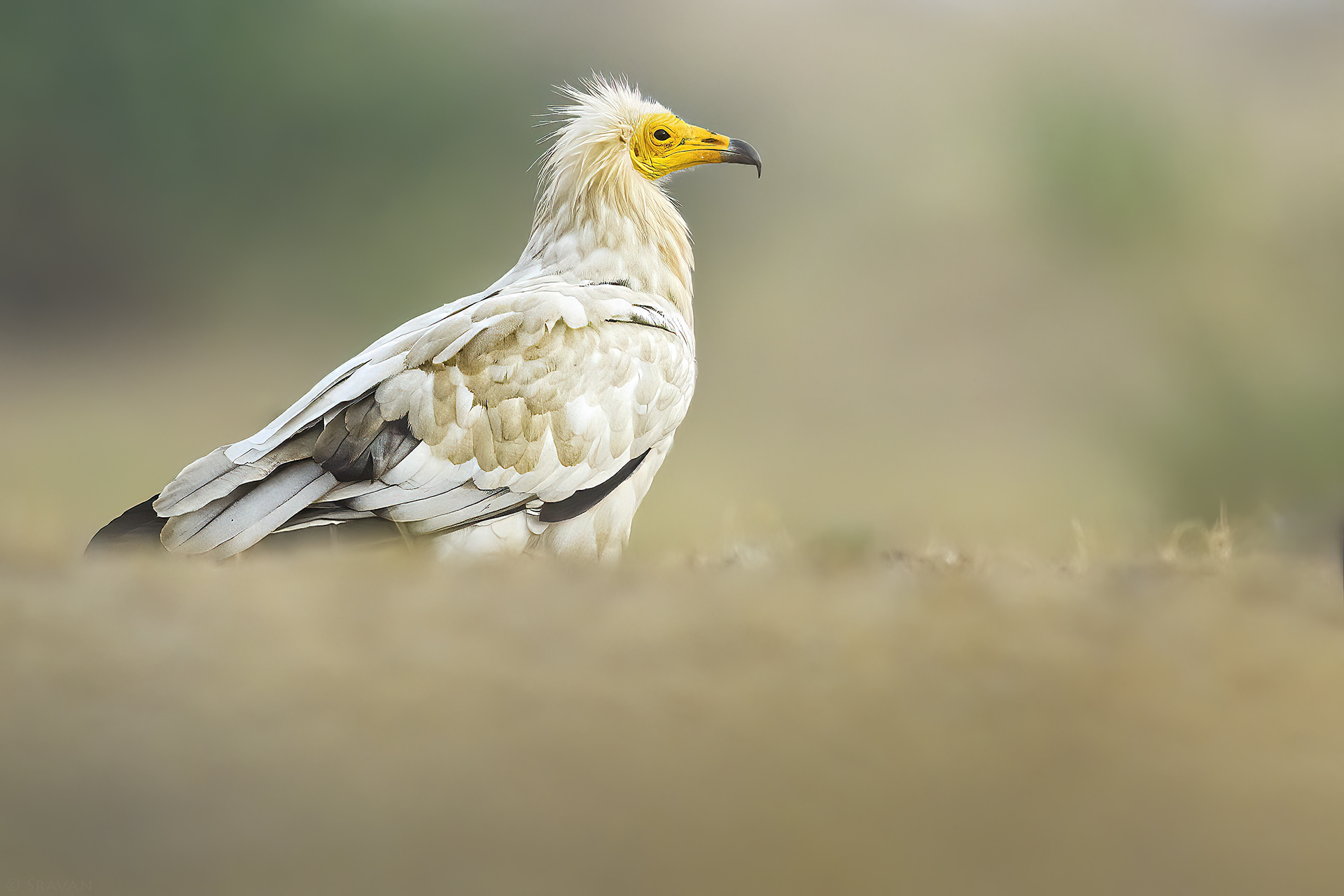
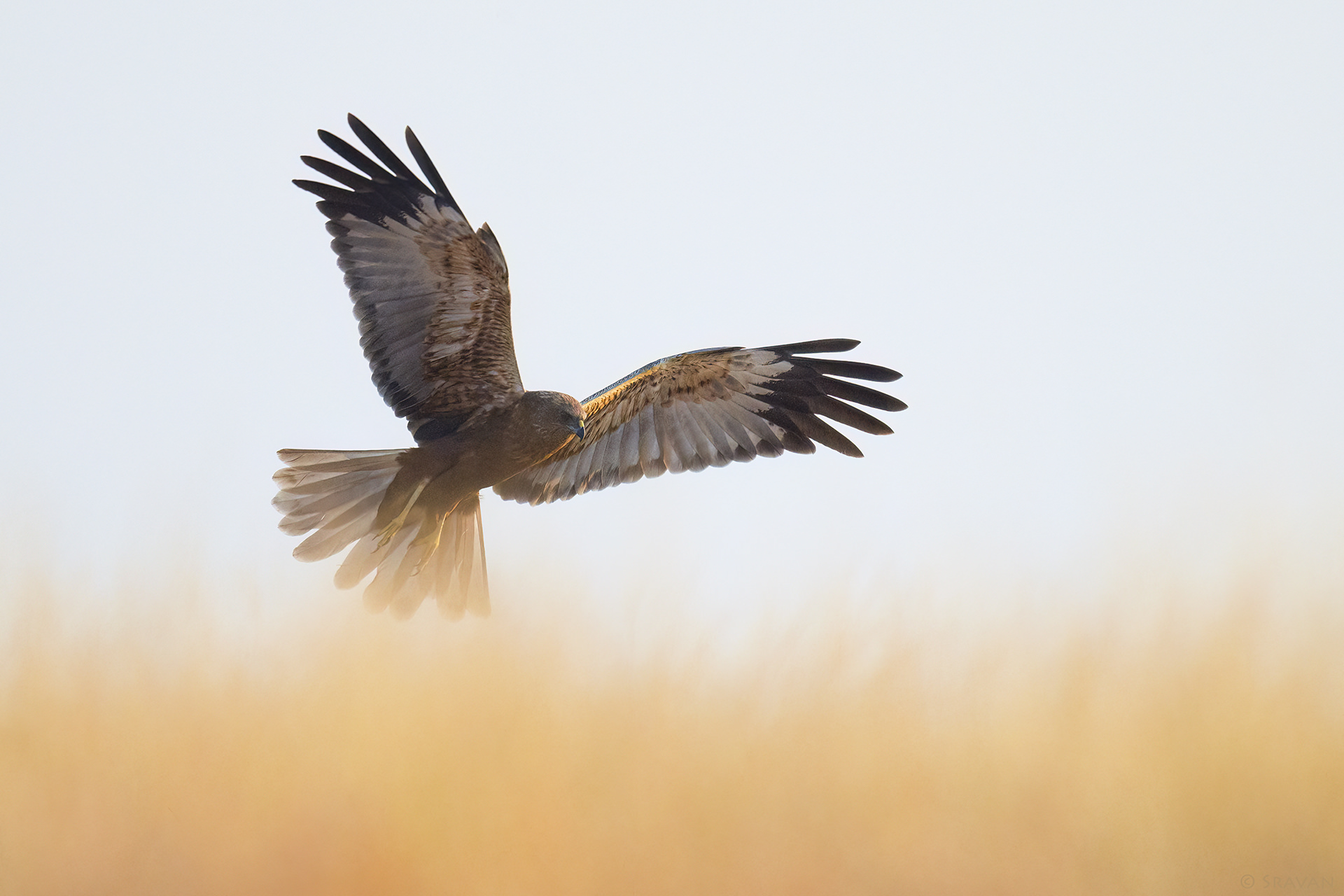
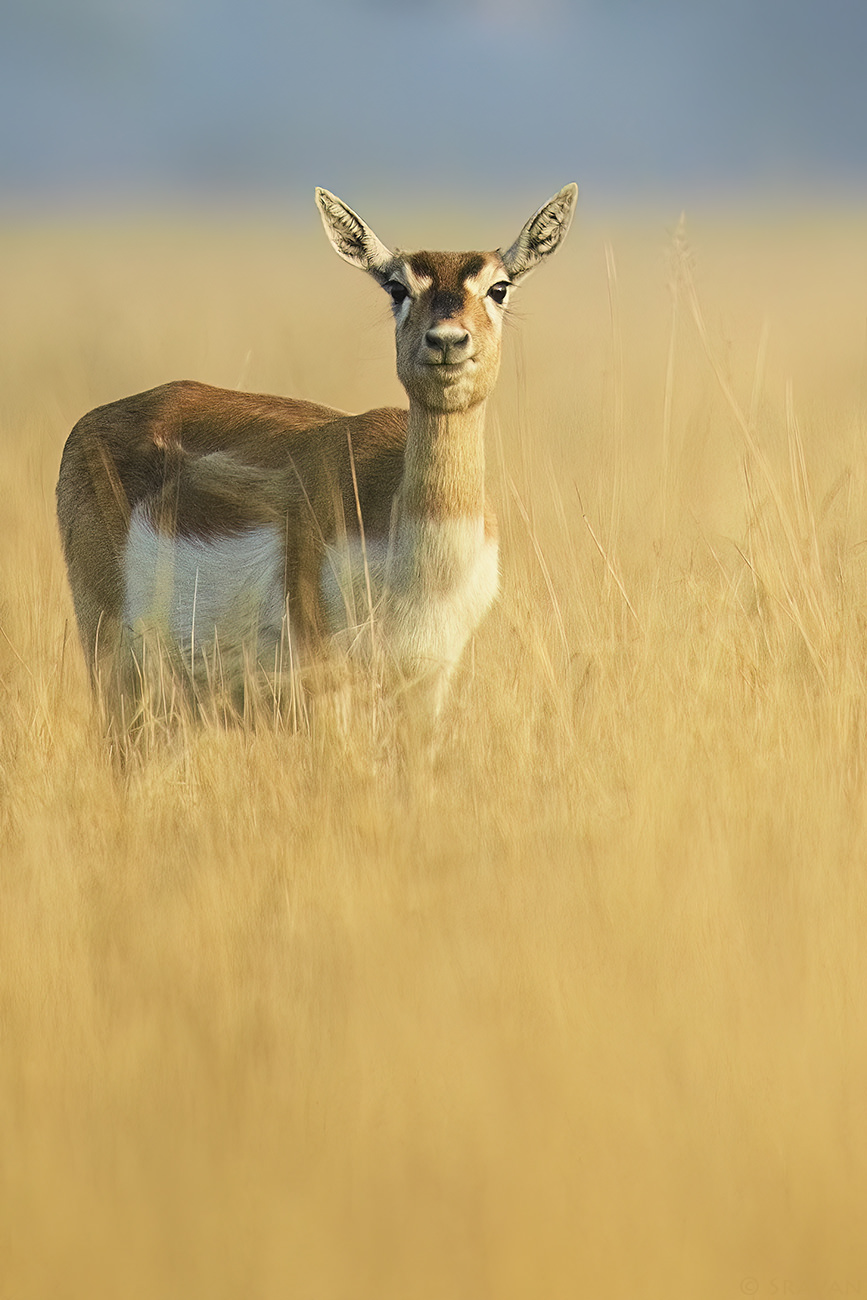
Background bokeh characteristics
At f/9

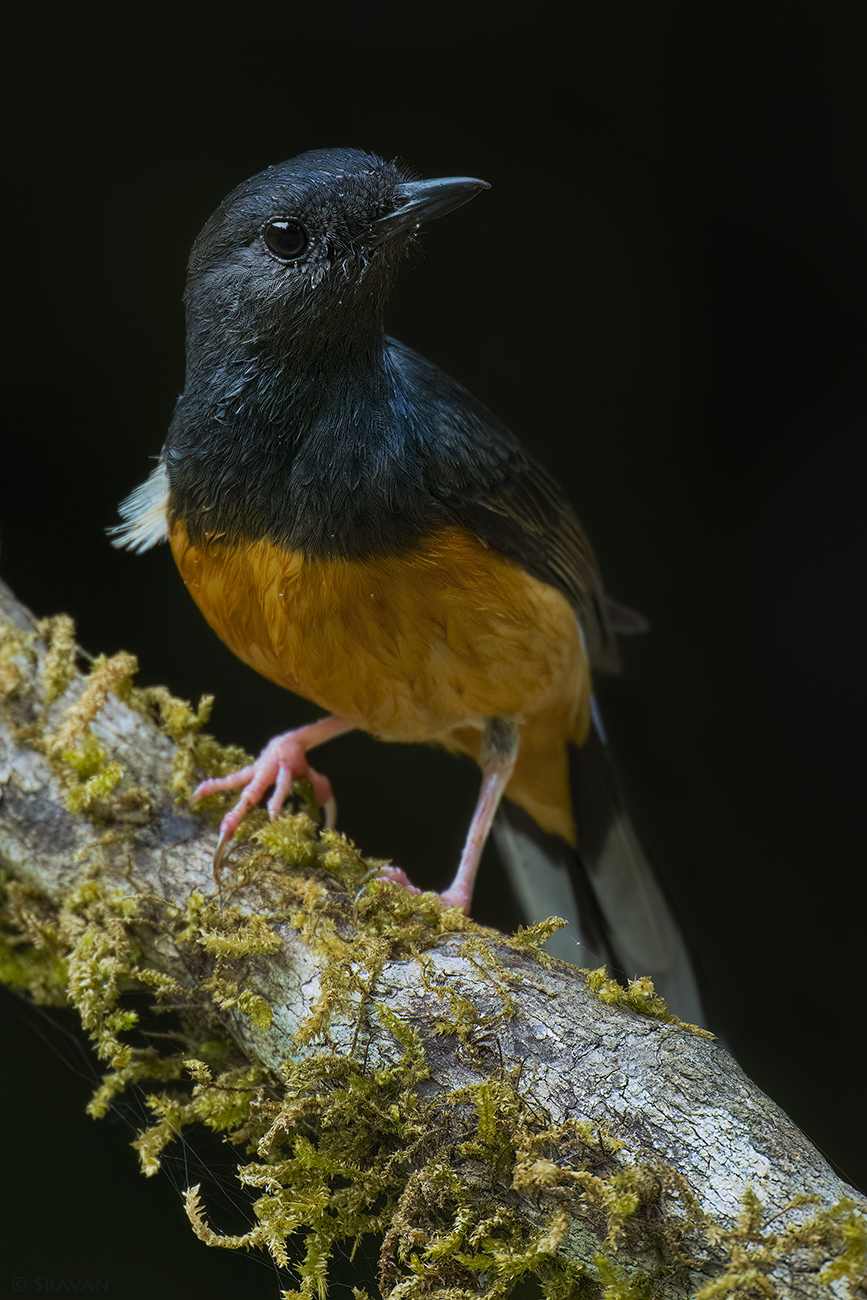
At f/10


At f/13

For Videos
The below video was taken using Nikon Z9 camera and Nikon Z800mm lens in 8K 60p format. The video later was converted to 4K format using DaVinci Resolve to upload to YouTube. This video is not cropped during post processing. There is some quality loss in YouTube due to its processing while uploading but original 8K or original 4K converted videos are phenomenal in quality. Overall Video AF is also great.
Spotted dove preening
Atmospheric considerations in both Cold & Hot climates
In both cold and hot climates, heat waves may be present and can impact overall image quality at these 800+mm focal lengths.
- Please check the weather condition at that point and move as close to the subject as possible to reduce the heat wave impact.
- Continuous bursts at 20+ fps for a couple of seconds will help in getting a few usable images in these conditions.
- In some situations, removing lens hood might also help.
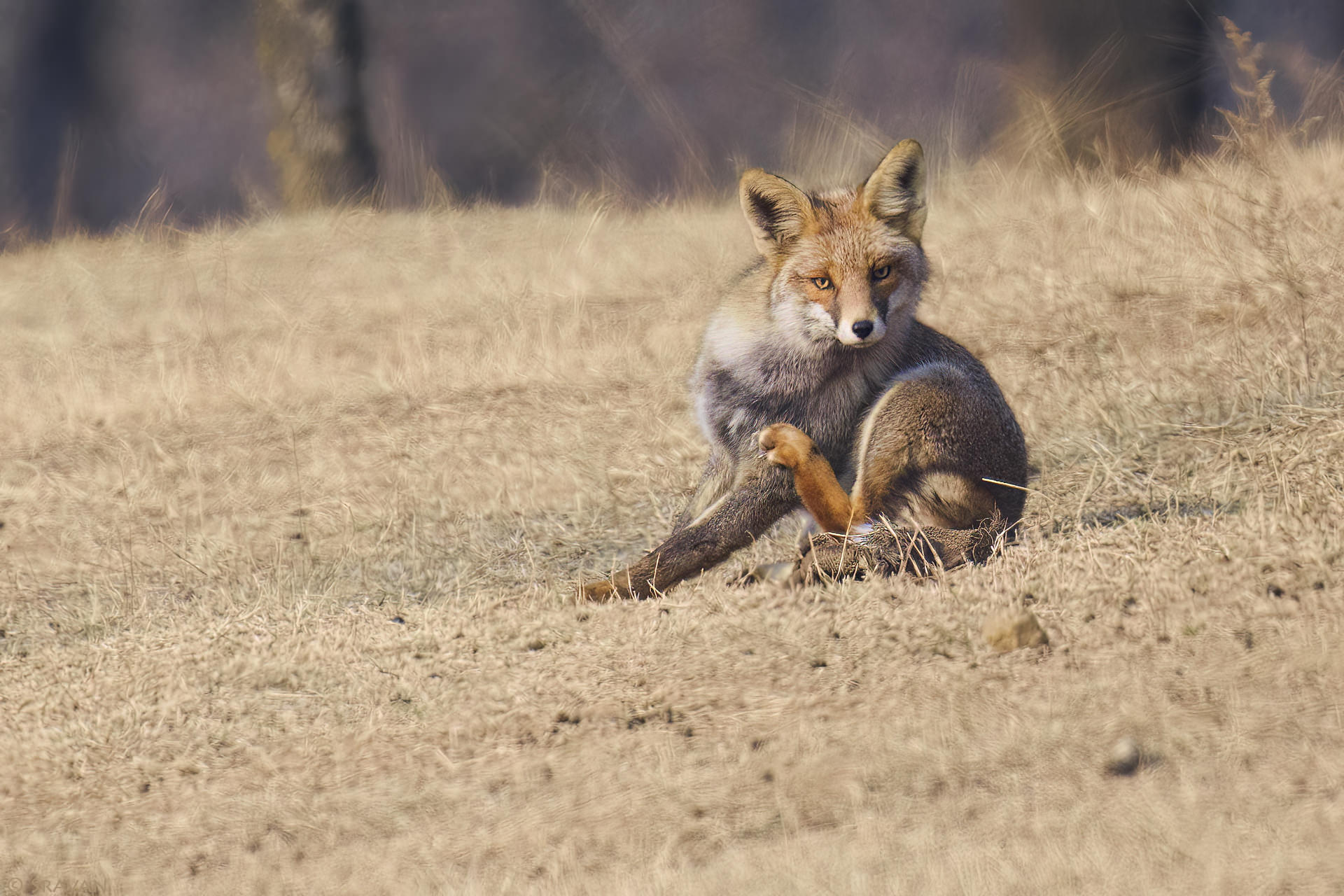

Firmware Updates
This lens has two firmware updates available.
Cons
- Have to use the Autofocus limiter “Infinity – 10 meters” for birds-in-flight for quick AF acquisition.
- Lens exhibits vignetting at f/6.3.
- Chromatic aberration is more pronounced when 1.4x TC is used in some situations.
- Lens front element attracts dust which is not the case with Sigma Sports 150-600mm lens. This lens demands some regular cleaning.
- While hand holding, using VR Normal, the image jumps a lot and moves around in the view finder as well the same reflects in the image composition too in continuous shooting. The same is not the case with VR Sport mode. I did not face any stability issues with VR Sport mode till now which is encouraging. I felt the “VR Normal” behavior in this lens is similar to Nikon 200-500mm VR F-Mount lens. “VR Normal” works fine when the lens is mounted on a tripod without any image jumping in the view finder.
- This is my personal lens hand holding technique issue where I am forced to disable all the buttons/controls like Function 2 and Control ring to avoid unintentional changes. I prefer to enable them only if I use a Tripod.
- Arca-Swiss compatibility to the lens tripod collar would have been a value addition. I was using “Wimberley P50 Quick Release Plate” earlier which I was using for Sigma Sports then I replaced the entire foot with Wimberley’s Arca-Swiss AP-502 Replacement Foot.
Conclusion
Being a hobbyist birder for over 14+ years, I was always looking for an 800mm lens for a full frame camera for bird photography as I was regularly shooting at an effective focal length of 900mm and above (with a TC). This is a perfect lens for me with its weight and reasonable price. On a Nikon Z9, this is a perfect combination for full day birding without the need of a tripod. I was shooting at aperture f/6.3 and above even in extreme low light (thanks to Nikon F & Z mount cameras) over last 8+ years, so the maximum f/6.3 aperture of this lens is not an issue to me.
Shooting with Z 1.4x TC opens up new opportunities without sacrificing resolution and sharpness in good light. With the VR, I was able to take consistently sharp shots at 1/100 sec using 1.4x TC and up to 1/13 sec shutter speed using the lens alone which is insane for me considering these focal lengths.
This lens & the lens with Z 1.4x TC combination definitely are a game changer for me for my needs.
© sravanphotography.com
This post was initially published here.
If you have an interesting idea for a guest post, please contact me here.
